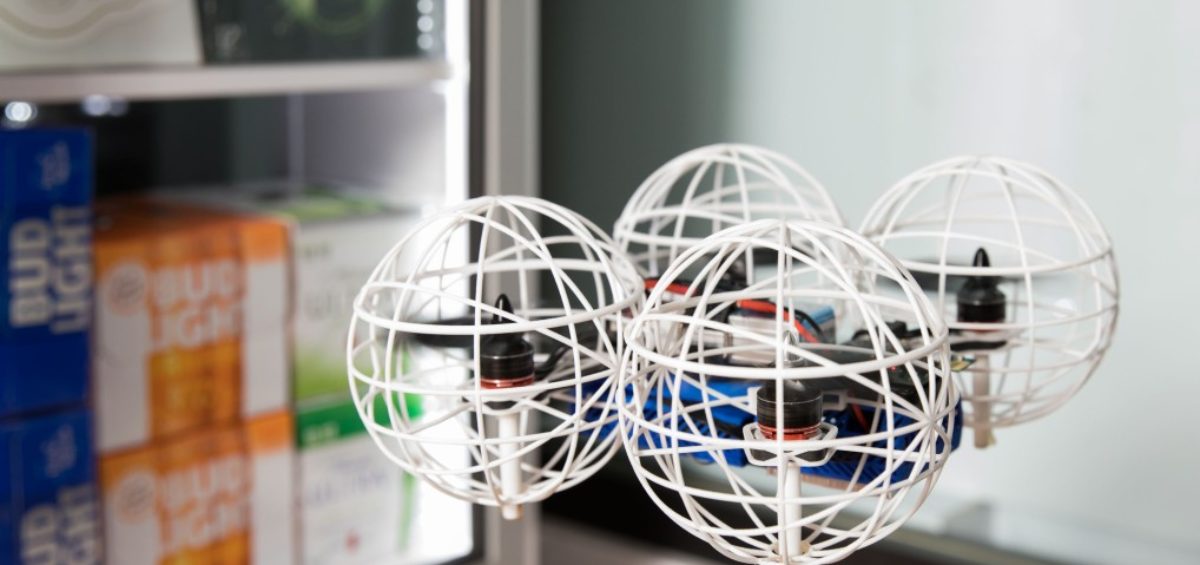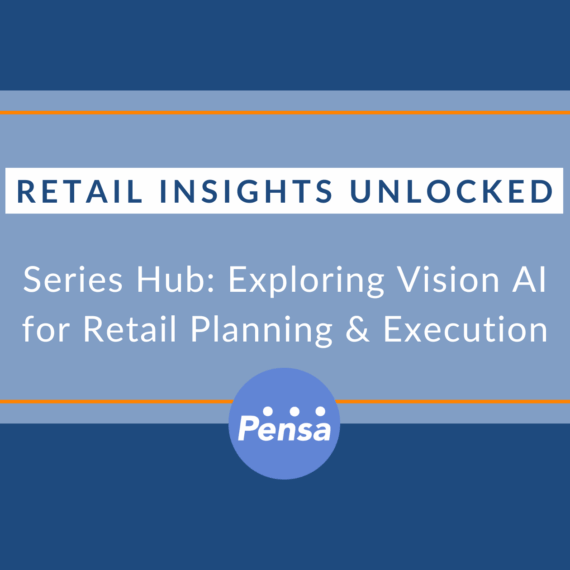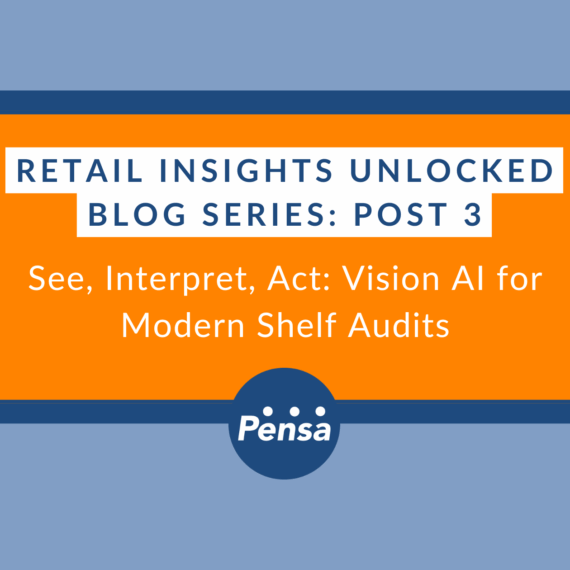
This guest editorial from David Ritter originally appeared on his LinkedIn page. Until recently, David was Partner and Leader of Retail-Store Operations Practice at McKinsey and Company.
“They don’t have it again!” – a very common phase uttered by frustrated shoppers looking for their favorite items at brick and mortar retailers world-wide
Over the last 15 years as a retail operations consultant, there are very few things that have not changed, but customer and retailer frustration over stock-outs is certainly one of them. For many years, the average retail on-shelf availability (OSA) has hovered at around 8% – 8.3% according to key industry studies. I have seen this level of OSA (or worse) across geographies, retail formats, and inventory management systems. To make matters worse, availability levels are even lower in highly promoted and fast-moving items – the exact items that customers notice most!
Measuring the OSA problem has proven equally frustrating, with retailers employing a range of methodologies to estimate what is really happening on the shelf – system availability reports, zero-sales reports, and manual counting are all used with low degrees of precision. When you deep dive into one store, count the exact number of holes, investigate those holes, and summarize the results, what you find is a “true OSA” that is significantly worse than system-generated OSA levels, with a range of root causes.
These root causes tend to be a fairly balanced mix of in-store and upstream issues, including:
- Item is in the backroom, but not stocked
- Item is in a secondary location, but not stocked
- Perpetual Inventory issue (shows on hand but not in store)
- DC service issues
- Forecast issues
- Vendor shorts
What I have seen is that often 50-60% of the problem is caused by poor execution in the store. That means that over half of the problem is correctable with an in-store solution!
This is not a secret to retail field operations leadership. Retailers have tried a range of solutions to this problem – 5S backrooms, high/low PI maintenance programs, auto-pulled picklists, and hand-scanned picklists have all been employed in an effort to fix the issue to varying levels of success. One of the key reasons these programs have failed is it is incredibly difficult to know what is truly happening on the shelf. Even in well-designed OSA improvement programs where retailers have clerks or Department Managers scan all holes daily, the accuracy of the scans tends to be low and the process is very expensive.
The good news is that I believe help is on the way. As technology firms have taken a greater interest in the retail industry and retailers are launching large-scale digital transformations, a range of technologies have focused on the OSA issue. As I have investigated these technologies, I believe that the core elements of the best solutions for this problem are:
- Automated – significantly less expensive than scanning holes
- Artificial Intelligence-based, specifically Deep Machine Learning – best predictor of the items
- Video-based – computer-vision is more accurate than snapshot images
There are a small subset of technology and data companies with solutions containing elements (or partial elements) of the above criteria. As I investigated those firms, one thing was clear – the capital and cost associated with deploying many of the solutions was prohibitive. Deploying across a major retail network with hundreds or thousands of stores was unlikely at that cost and potentially going to slow the adoption and rollout of these types of solutions. At that point, I crossed paths with Pensa Systems. Pensa’s solution is built fundamentally on all three of my criteria, but is implemented using a significantly lower operating and capital cost deployment method – autonomous drones!
I must admit that as a roll-up-your-sleeves type retail operations consultant I was skeptical at first. While drones, robots, and other forms of automation are commonplace in other industries, that is not the case in retail (yet). With that said, I have now seen the Pensa system in action in live retail settings and it actually works and works very well. I am convinced that you will start to see more and more Pensa drones in retailers going forward.
I also believe that you will find that OSA is just the first use-case that Pensa’s system will be able to address. The possibilities for other use cases are equally exciting including (but not limited to),
- Planogram compliance checks
- Backroom inventory maintenance
- Cycle counts
- Safety checks (exit blockage)
I expect big things to come from Pensa Systems – I highly recommend putting them on your radar.







